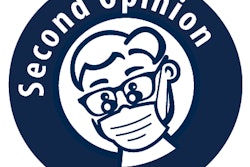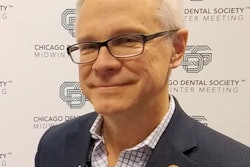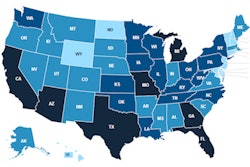
The number of U.S. pediatric dentists is expected to grow by more than 60% through 2030, according to new research commissioned by the American Academy of Pediatric Dentistry (AAPD). Without major policy shifts, this drastic increase in supply could overtake demand for services.
The dental industry is in a time of transition -- more dentists are postponing retirement and an increasing number of students are enrolled in dental school. A study published in the July issue of the Journal of the American Dental Association explored how these trends may affect pediatric dentistry (July 2019, Vol. 150:7, pp. 609-617).
"The study results suggest that the supply of pediatric dentists is growing more rapidly than is the demand," wrote the authors, led by Simona Surdu, MD, PhD, from the University at Albany School of Public Health in Albany, NY. "Growth in demand could increase if pediatric dentists captured a larger share of pediatric dental services or if children who are underserved had oral healthcare use patterns similar to those of the population with fewer access barriers."
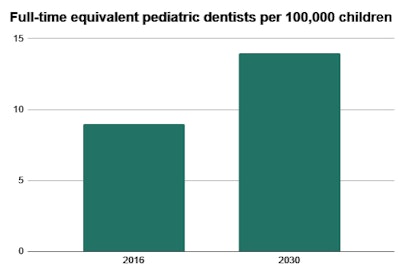
In 2016, there were approximately 6,530 active pediatric dentists in the U.S., according to the authors. If current supply trends hold steady, there will be 10,560 pediatric dentists by 2030, an increase of 62%.
In contrast, demand for pediatric dentists is only expected to grow by 2% under the status quo scenario. This translates to a need of only 140 more pediatric dentists -- thousands fewer than the projected supply.
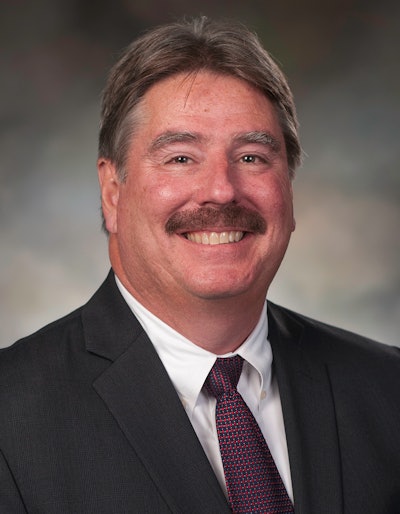 Kevin Donly, DDS, president of the AAPD.
Kevin Donly, DDS, president of the AAPD."Pediatric dentists provide crucial oral health services to our nation's most vulnerable populations -- the very young, children from low-income families, and those with special healthcare needs," stated Kevin Donly, DDS, president of the AAPD, in a press release on the findings. "More pediatric dentists mean more access to high-quality oral healthcare for children and more opportunities to prevent dental disease."
While the supply of pediatric dentists dwarfs demand in the status quo scenario, that could change with sweeping policy reforms. For instance, if children who are currently underserved increase their rate of oral healthcare to that of their peers, demand would increase to 8,630 pediatric dentists by 2030, the researchers found.
"Underserved children struggle with higher rates of dental disease," Dr. Donly stated. "They are more likely to suffer from dental pain and require restorative treatment. That's why we continually advocate for changes in health policy to reduce barriers to oral healthcare."




